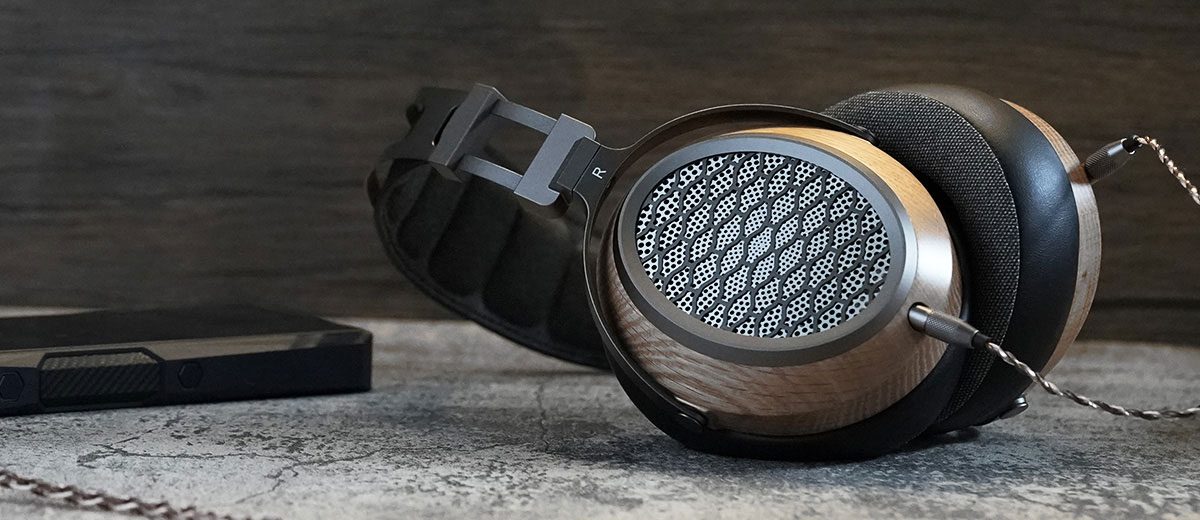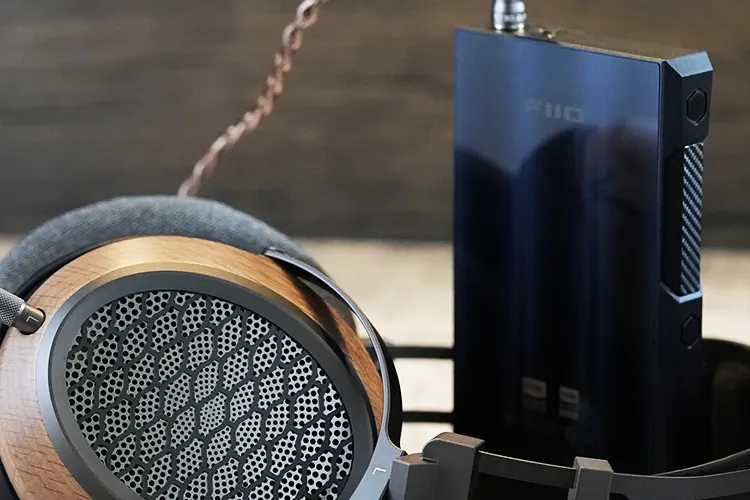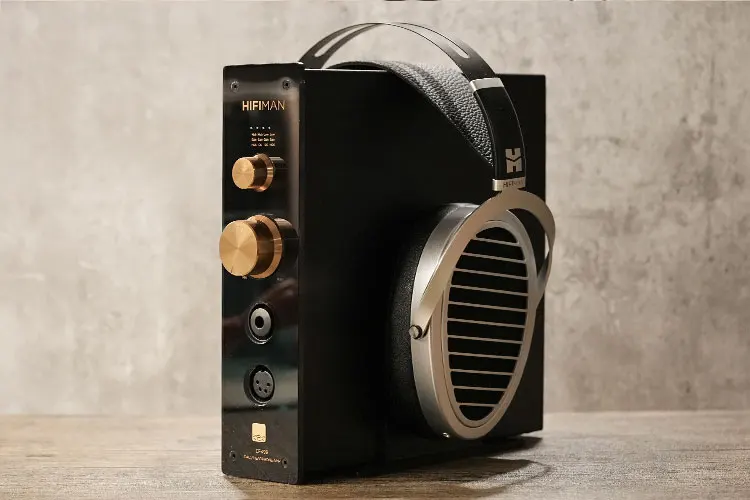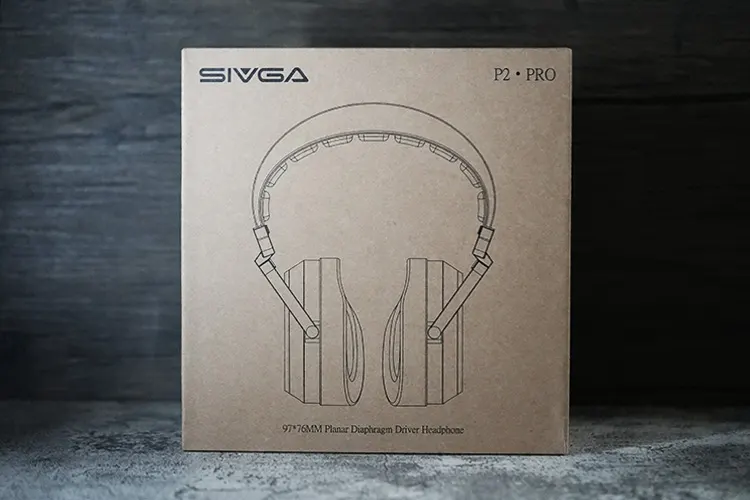Synergy
Efficiency
The P2 Pro is efficient enough to work well from the Shanling M5 Ultra and FiiO M23, sounding punchy and dynamic. I also tried it on the HiBy R3 II which surprisingly doesn’t sound unlistenable, though the response speed and resolution have dropped quite a bit.
I would still consider the P2 Pro rather sensitive to power and if you are casually listening outdoors you may just use a powerful dongle and the performance could be satisfactory.
Pairings
Since the P2 Pro sounds pretty smooth in the mids I would prefer gears with richer or denser midrange frequencies to be paired with it.
I tried putting it on the RME ADI-2 Pro which works very well to sound highly controlled and denser in the bass when compared to the DAPs pairings, and the bass also sounds more layered.
With the FiiO K19, it sounds more energetic and protruding in the upper frequencies, while the bass attacks faster and cleaner on the highest gain mode, and the bass attack feels softer when switching back to lower gain.
I found this pairing quite complementary as the K19 sounds rather neutral but paired with the P2 Pro it is a lot livelier sounding.
Select Comparisons
Moondrop PARA
Technical
The MOONDROP PARA is equipped with a sizeable 100mm driver with a pure Silver-etched circuit. It also features Moondrop’s FDT technologies, which results in a larger active area.
The PARA is rated at just 8Ω in impedance and 101 dB/Vrms in sensitivity, which suggests that it is more sensitive to power.
Design
The PARA comes in full metallic housing and is larger due to its 100mm driver membrane size. It is also not as portable as the SIVGA P2 Pro which drives the point home with its additional carrying case.
The PARA is equipped with a 3.5mm detachable cable unlike the P2 Pro which comes with a 4.4mm cable and a converter, but there are plenty of after-market options for upgrades.
Performance
When comparing the PARA on the stock 3.5mm cable to the P2 Pro on the 4.4mm cable, there are noticeable differences in their tuning directions. Interestingly, while the PARA has a larger diaphragm size, it is less bass-intensive when compared to the P2 Pro.
The PARA exhibits a more extended and prominent treble response, with a hotter upper vocal range that gives lighter voices more penetration power.
However, the midrange on the PARA sounds more naturally articulated whereas the P2 Pro has a more rounded sound signature. The SIVGA bass is presented in a more stereophonic and energetic manner.
The PARA requires less gain and could pair better with lower-powered devices to sound clean and defined. When driven harder, the PARA also sounds sharper and more unforgiving than the P2 Pro with bad recordings.
The P2 Pro has better control and adaptability with different voices to sound full and rounded, though it feels more demanding for power and has stronger scalability.
HIFIMAN Ananda Nano
Technical
The Ananda Nano incorporates the Nanometer Thickness Diaphragm which aims at boosting response speed. It also uses HIFIMAN’s Stealth Magnet technology which further refines the tonal signature and generally digs out a more convincing bass response.
The Nano is rated at 14Ω in impedance and 94 dB in sensitivity so slightly less sensitive compared to the P2 Pro.
Design
The Ananda Nano uses HIFIMAN’s iconic ovoid cup design which is larger and longer asymmetrically compared to the wooden form factor of the P2 Pro equivalent.
Unlike the P2 Pro, the Ananda Nano is not foldable, therefore I would consider the P2 Pro a more portable set of headphones. The construction is durable on the P2 Pro whereas the Ananda Nano is less sturdy but keeps the weight low considering its larger size.
Like the Moondrop PARA, the Ananda Nano comes with 3.5mm terminated cables, though the P2 Pro’s 6N occ cable looks more premium and supports a 4.4mm connection for balanced output connectivity.
Performance
Testing both headphones on the RME ADI 2 Pro, the HIFIMAN Ananda Nano attacks faster and cleaner in the bass. This contributes to a faster response and stronger clarity, with more brilliance in the treble zone.
The vocal or bass instruments do not sound as intensive or powerful as on the P2 Pro. I find the Ananda Nano slightly more balanced in tuning, while the P2 Pro boosts the dynamics for pop and rock with its M-shaped tuning.
The perceived texture comes head-to-head where the Ananda Nano sounds more resolving in the mid-lows and the P2 Pro focused more in the upper vocal frequencies.
As for staging performance, the Ananda Nano’s tuning allows the two ends to be more clearly delivered giving it a wider presentation. The P2 Pro sounds more intimate with the stronger bass intensity that produces more weight to violas and darker vocal notes.
When sufficiently powered, both headphones sound dense in the mid-lows with a good sense of precision and agility in the treble.
Using less powerful devices like the HiBy R3 II to test the two headphones, the P2 Pro feels more dynamic and kicks deeper in the lows, though not as extended. The P2 Pro also starts to get a bit hot in the treble and doesn’t sound as stereophonic compared to when powered adequately.
The Ananda Nano sounds more neutral and balanced but doesn’t feel as airy or open in the treble when driven on desktop amplification.
My Verdict
The SIVGA P2 Pro is an attractively designed and versatile pair of planar headphones for audiophiles looking for an affordable, lightweight, and portable set of planar headphones.
The additional 4.4mm terminated cable also means you can use them outdoors or indoors with suitably powered portable devices or at home in your desktop system.
There is a limited choice for street-ready, portable planar headphones, so the SIVGA P2 Pro’s sufficient bass and above-average clarity stand out as a practical option due to its artistic yet rugged build and responsiveness to power.
SIVGA P2 Pro Technical Specifications
- Impedance: 32Ω±15%
- Frequency Response Range: 20Hz-40kHz
- Sensitivity: 98±3dB
- Termination: 4.4mm
- Weight: 435 grams






